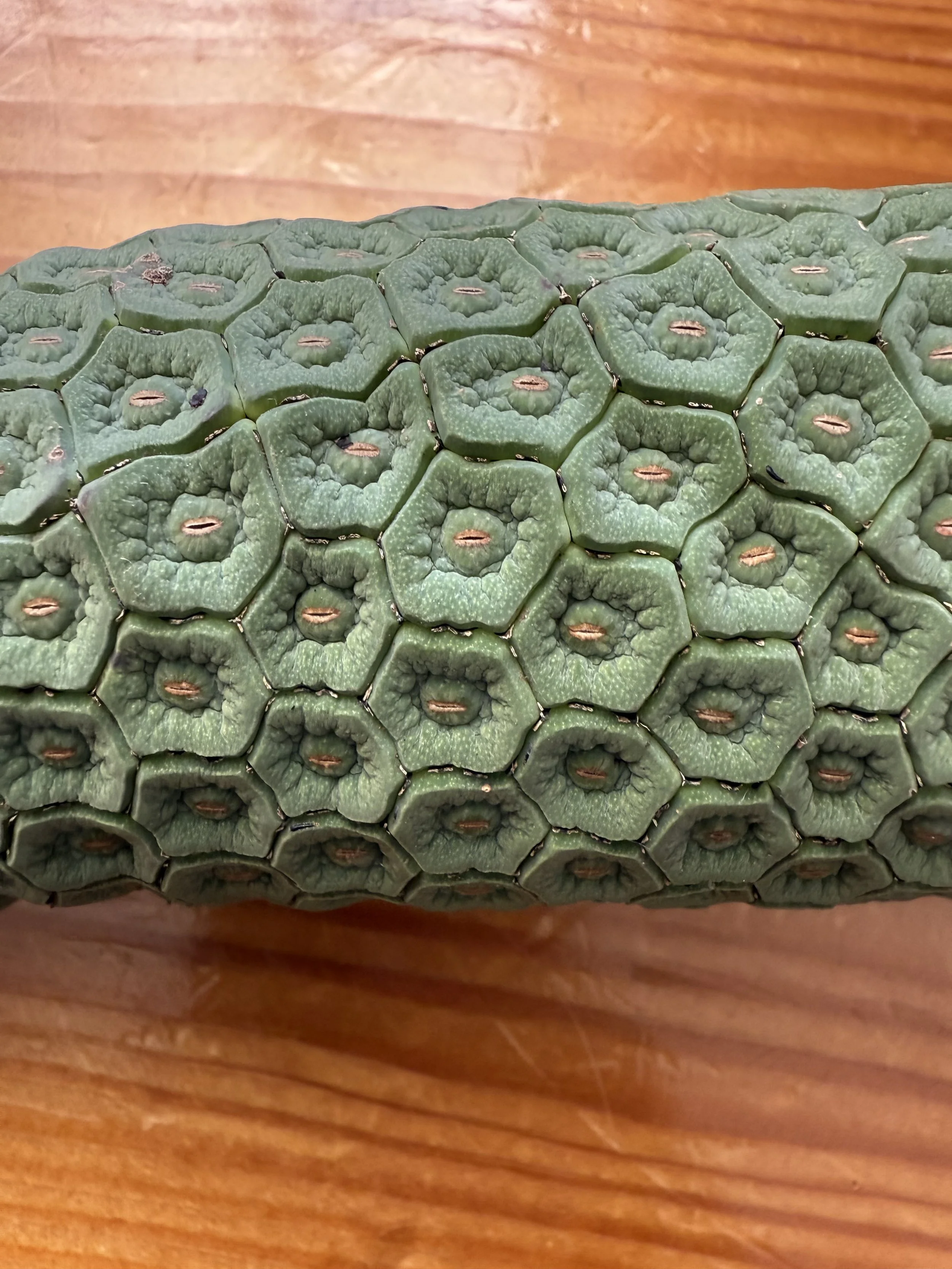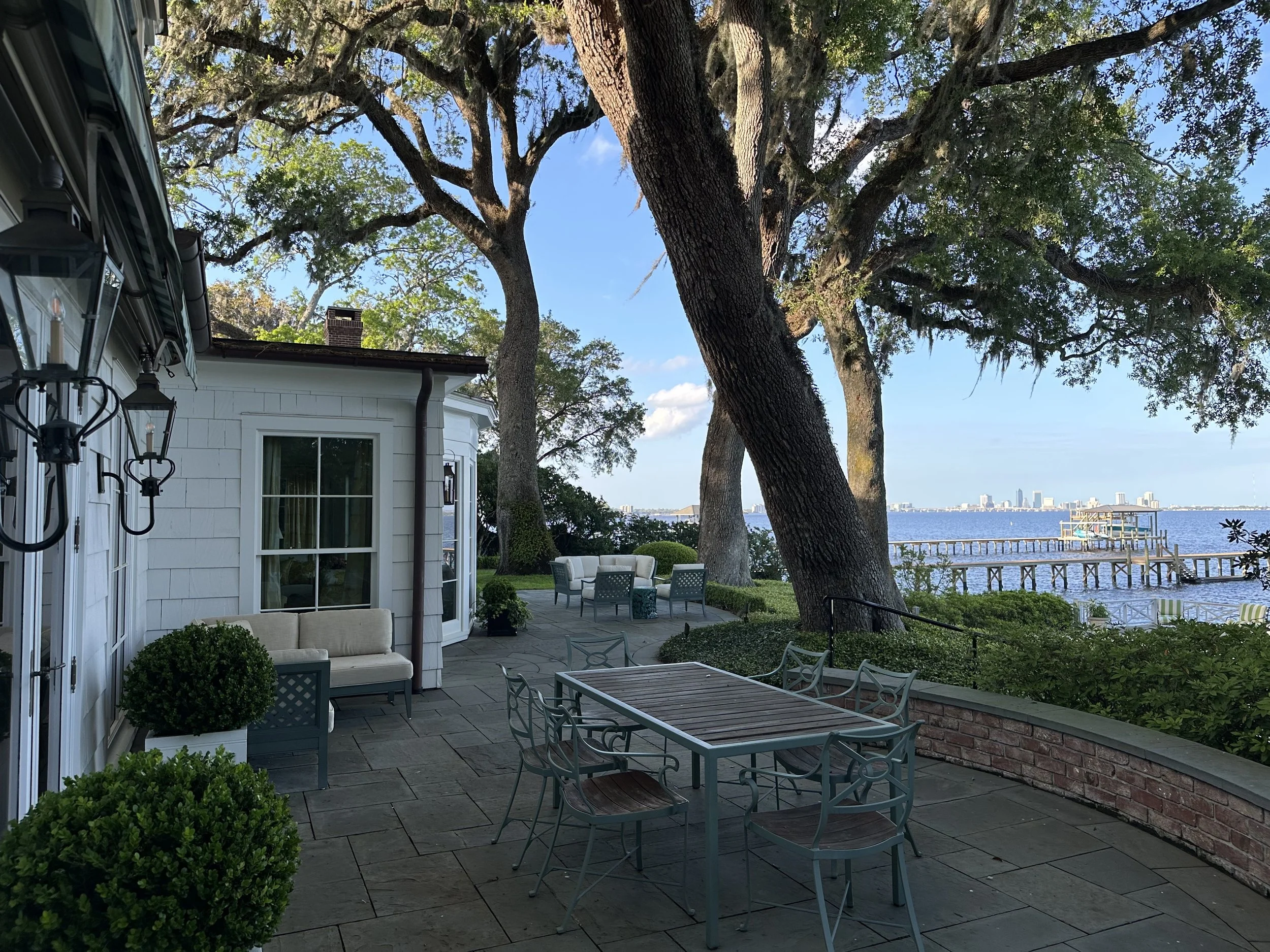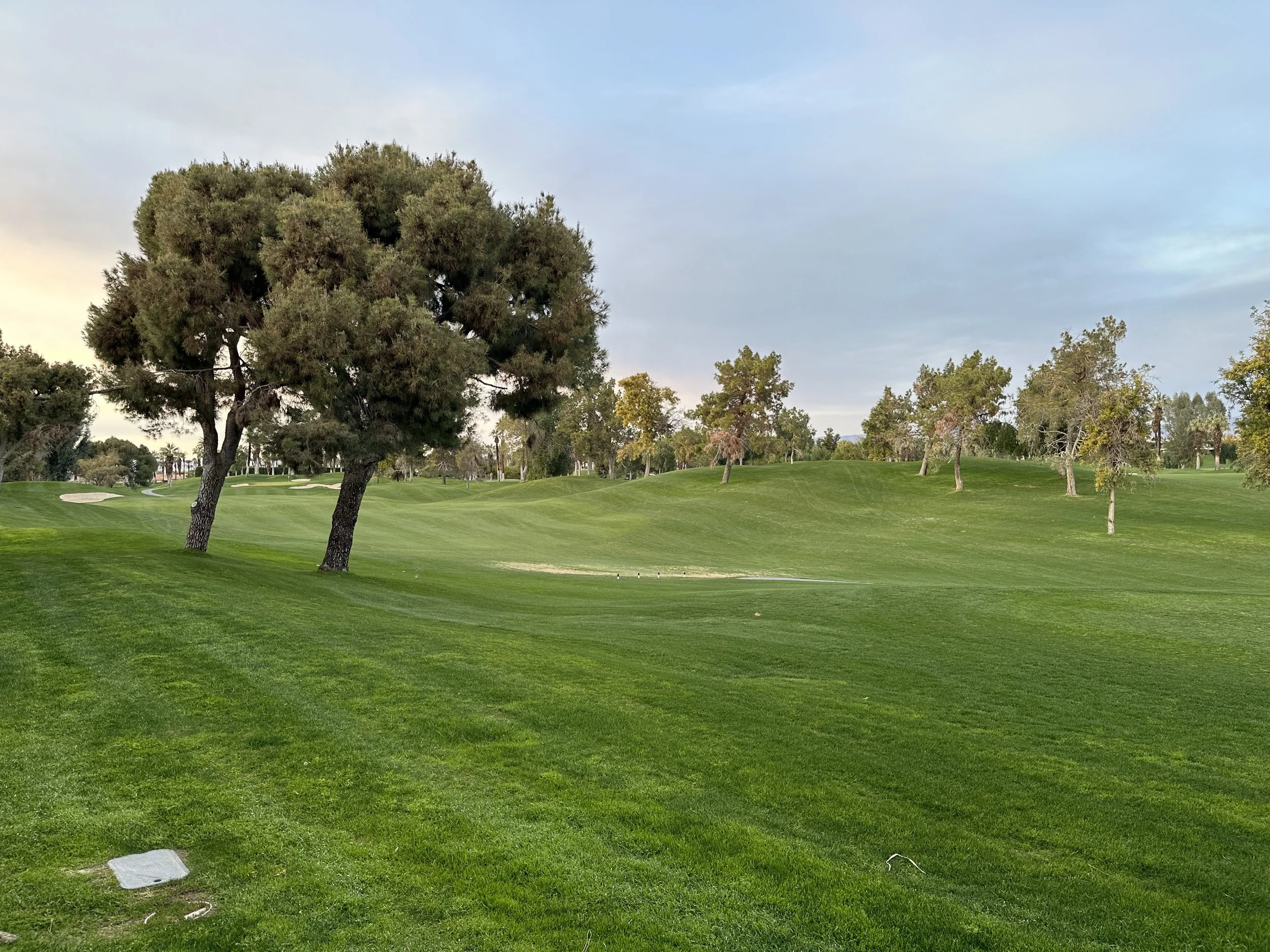Here we look at times when we have to deal with the opponents 2-suited attacking bids -- Michaels Cuebids and Unusual NT. Here we look at some special agreements, Unusual vs Unusual and Unusual vs Michaels, to help us compete in the bidding.
When partner open the bidding with 1-minor and our RHO makes an overcall of a suit, then we need a way to describe our hand to partner. The traditional Responder tools are negative double and positive freebids, but in some auctions, there are other approaches that use transfers to give us a better way to compete as Responder. Unfortunately, we don’t have a transfer structure in every auction (when they overcall 1♠, we have very few good systems) but hopefully there will be more and more interesting development in this area of bidding theory.

When partner opens the bidding with a minor suit and right hand opponent makes a takeout double, the modern approach for many expert partnerships is to play transfer bids by the Responder. By Responder transferring to the suit with length instead of bidding it, we gain many advantages in these competitive bidding auctions. Let’s look at how we use these transfers by Responder and what they gain for us.

When partner opens the bidding with a Major suit and right hand opponent makes a takeout double, the modern approach for many expert partnerships is to play transfer bids by the Responder. By Responder transferring to the suit with length instead of bidding it, we gain many advantages in these competitive bidding auctions. Let’s look at how we use these transfers by Responder and what they gain for us.

When our LHO opens the bidding, partner makes a simple overcall, and Responder makes a Negative Double, then we in the position of the Advancer. We can choose to play Transfers in the position as well. By doing so, we give our selves an additional step and we often allow ourselves more ways to raise partner. These Transfer bids also cause some more difficulty for the opponents – making the meaning of their bids less clear. Let’s see how they work.

Responding to 1NT is a balancing act of showing both strength and shape while keeping the auction at a low enough level. With a game forcing hand (10+ points), the goal is usually to be able to describe our hand below 3NT, particularly with hands that are strong enough to be interested in slam. This is not a problem with relatively balanced hands, but with distributional hands it may be more difficult for Responder to show their shape and explore slam without getting the auction too high (going past 3NT). Transfer bids allow Responder to show their shape while using space efficiently. After making a transfer bid, Responder usually gets to make a second bid without the auction getting much higher - one of the most valuable parts of playing transfers. A way to further improve our use of bidding space is to play transfer bids not only on the first round of the bidding, but on the second round also after a Major-suit transfer. Let’s see how these Transfers Over Transfers work on Responder’s second bid after a Responder starts with a Jacoby Transfer.





